NANCHANG, China: Social media adverts for whitening products show celebrities flaunting their pearly whites, putting pressure on consumers to conform to the ideal of white teeth. Patients can opt for over-the-counter or professional tooth whitening treatments, but both can harm the teeth. To combat this problem, Chinese researchers have now developed a new, less destructive method.
As is commonly known, teeth can become discoloured with the consumption of staining foods and drinks. As a result, many people turn to non-invasive whitening treatments. Currently, the most common bleaching agent is hydrogen peroxide, but high concentrations can break down the enamel, causing sensitivity or even cell death.
Researchers and senior authors of a recent study Xiaolei Wang and Lan Liao, along with their colleagues at Nanchang University, investigated whether a different compound activated with blue light could act as a safer, yet still effective, alternative. The team modified titanium dioxide nanoparticles with polydopamine (nano-TiO2@PDA) so that they could be activated with blue light. In a proof-of-concept experiment, the particles were evenly coated on the surface of a tooth and irradiated with blue light.
After 4 hours of treatment, the whitening level was similar to that obtained with hydrogen peroxide-based agents. The researchers did not find significant enamel damage on the surface of the tooth, and the treatment was significantly less cytotoxic than hydrogen peroxide. In addition, the nano-TiO2@PDA therapy showed antibacterial activity against certain bacteria.
The study, titled “Blue-light -activated nano-TiO2@PDA for highly effective and nondestructive tooth whitening”, was published in ACS Biomaterials Science and Engineering on 19 June 2018.
Tags:
LOS ANGELES, U.S.: Recent studies showing an increase in patients with periodontitis, as well as studies linking it with Alzheimer’s disease, have led to ...
SÃO PAULO, Brazil: In a discovery that may help the early identification of oral squamous cell carcinoma (OSCC), researchers in Brazil have found a ...
SACRAMENTO, Calif., U.S.: Through science, our ability to decode the past has continued to improve. In another advancement that will help archaeologists ...
NEW YORK, U.S.: In a step that may help redefine the treatment of periodontitis, researchers at New York University College of Dentistry (NYU Dentistry) ...
PHILADELPHIA, U.S.: The fight against plaque has been a long-running battle. In a discovery that might give dentists the upper edge, researchers from the ...
HALLE, Germany: The environmental impact of microplastics used in personal care products, such as toothpaste, has long been discussed. Tiny plastic ...
LOS ANGELES, U.S./SICHUAN, China: Though genetic research has become increasingly relevant in the fields of medicine and biology, it has remained relatively...
ESPOO, Finland: To place an implant, dental professionals first have to localise the mandibular canal, which is typically done using CBCT imaging ...
MANSFIELD, Conn., U.S.: In the hope of finding a better way to detect dental pain, a team of scientists at the University of Connecticut (UConn) is ...
PHILADELPHIA, Penn., US: A good oral hygiene routine requires manual dexterity and can be difficult for elderly people and people with disabilities. ...
Live webinar
Tue. 9 December 2025
12:30 pm EST (New York)
Live webinar
Tue. 9 December 2025
7:00 pm EST (New York)
Prof. Dr. Wael Att, Dr. Robert A. Levine DDS, FCPP, FISPPS, AOD
Live webinar
Wed. 10 December 2025
10:00 am EST (New York)
Live webinar
Wed. 10 December 2025
12:00 pm EST (New York)
Live webinar
Wed. 10 December 2025
1:00 pm EST (New York)
Live webinar
Wed. 10 December 2025
1:00 pm EST (New York)
Live webinar
Thu. 11 December 2025
3:00 pm EST (New York)



 Austria / Österreich
Austria / Österreich
 Bosnia and Herzegovina / Босна и Херцеговина
Bosnia and Herzegovina / Босна и Херцеговина
 Bulgaria / България
Bulgaria / България
 Croatia / Hrvatska
Croatia / Hrvatska
 Czech Republic & Slovakia / Česká republika & Slovensko
Czech Republic & Slovakia / Česká republika & Slovensko
 France / France
France / France
 Germany / Deutschland
Germany / Deutschland
 Greece / ΕΛΛΑΔΑ
Greece / ΕΛΛΑΔΑ
 Hungary / Hungary
Hungary / Hungary
 Italy / Italia
Italy / Italia
 Netherlands / Nederland
Netherlands / Nederland
 Nordic / Nordic
Nordic / Nordic
 Poland / Polska
Poland / Polska
 Portugal / Portugal
Portugal / Portugal
 Romania & Moldova / România & Moldova
Romania & Moldova / România & Moldova
 Slovenia / Slovenija
Slovenia / Slovenija
 Serbia & Montenegro / Србија и Црна Гора
Serbia & Montenegro / Србија и Црна Гора
 Spain / España
Spain / España
 Switzerland / Schweiz
Switzerland / Schweiz
 Turkey / Türkiye
Turkey / Türkiye
 UK & Ireland / UK & Ireland
UK & Ireland / UK & Ireland
 Brazil / Brasil
Brazil / Brasil
 Canada / Canada
Canada / Canada
 Latin America / Latinoamérica
Latin America / Latinoamérica
 USA / USA
USA / USA
 China / 中国
China / 中国
 India / भारत गणराज्य
India / भारत गणराज्य
 Pakistan / Pākistān
Pakistan / Pākistān
 Vietnam / Việt Nam
Vietnam / Việt Nam
 ASEAN / ASEAN
ASEAN / ASEAN
 Israel / מְדִינַת יִשְׂרָאֵל
Israel / מְדִינַת יִשְׂרָאֵל
 Algeria, Morocco & Tunisia / الجزائر والمغرب وتونس
Algeria, Morocco & Tunisia / الجزائر والمغرب وتونس
 Middle East / Middle East
Middle East / Middle East
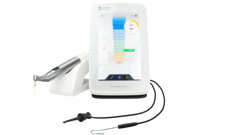

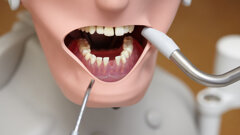
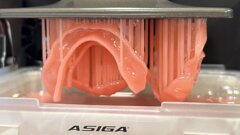


















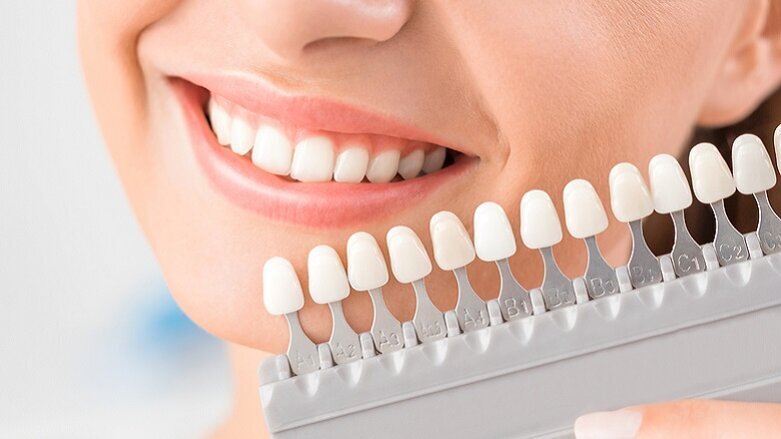




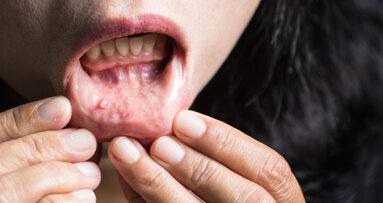
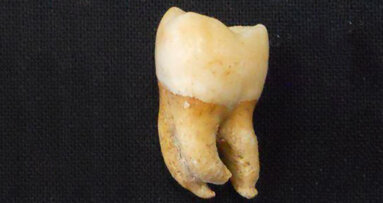
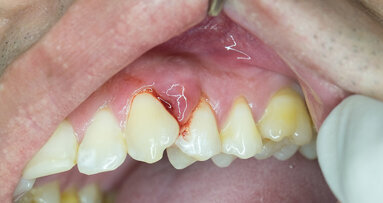

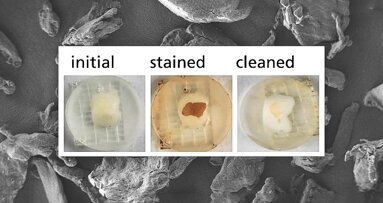

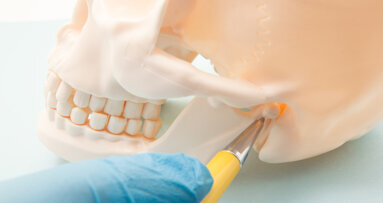
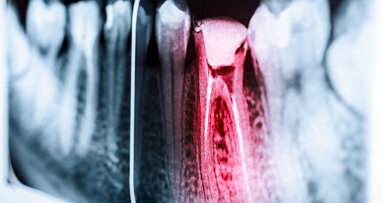












To post a reply please login or register